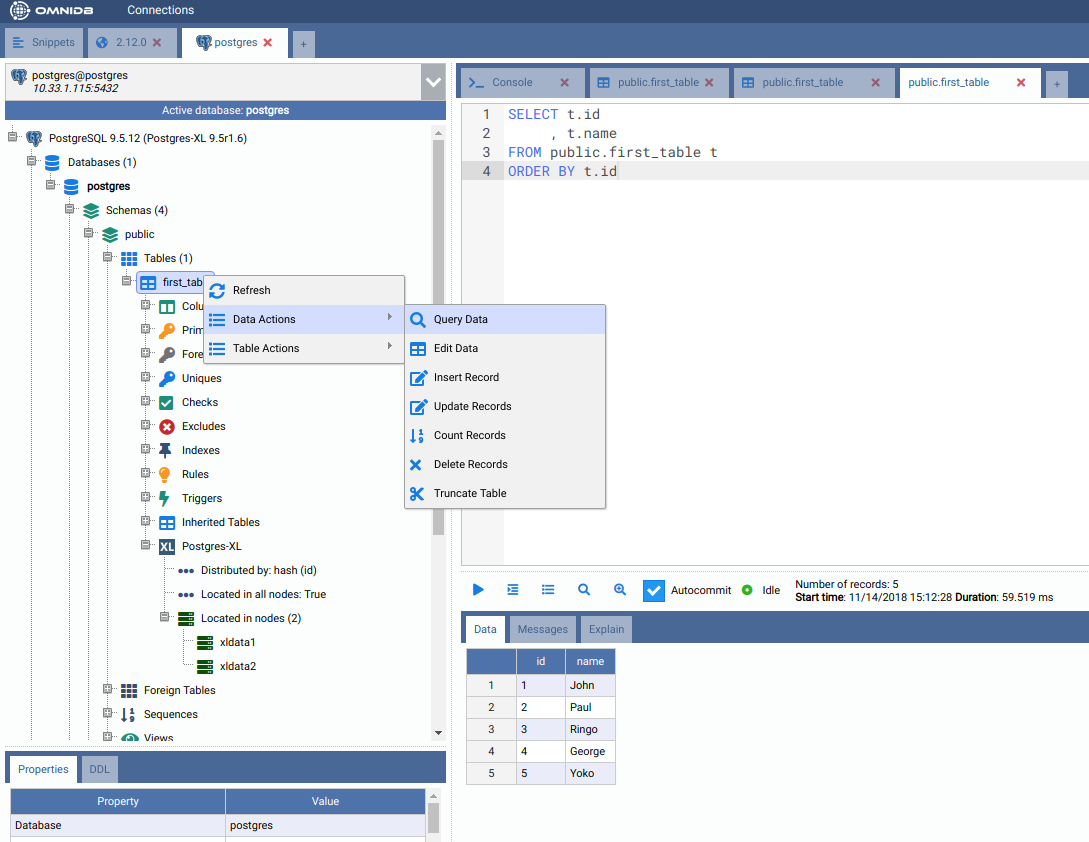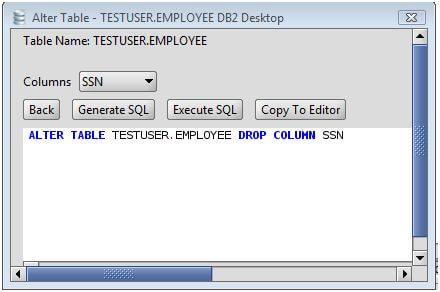

In other words, if you have two rows in the “q1” table and two in “q2”, then selecting all the rows from the master table will display all four rows of the child tables. Now that we’ve implemented this code, all SELECT, UPDATE, DELETE, and ALTER TABLE statements run on the master table will be propagated to child tables. These will be your partitions.ĬREATE TABLE video_ad_completions_q1() INHERITS (video_ad_completions) ĬREATE TABLE video_ad_completions_q2() INHERITS (video_ad_completions) Then you create a number of tables with identical structure using "time" timestamp with time zone NOT NULL DEFAULT NOW(), but just provide a common structure and access point for partitions. Let’s start with an example of a table that stores information about each video ad watched on a mobile application: - You need one table that will be master table. What are partitions and how are they implemented?Ĭonceptually, PostgreSQL partitions are very simple. Hopefully, this’ll give you enough information to make the best choice for your own situation quickly. Here, I’ll try to show you how existing production PostgreSQL tables can be partitioned, while also presenting you with a few options and their trade-offs. Most texts you’ll find online will tell you that partitioning is done by executing x and y, end of story. In certain cases, it can also speed up some of your queries. Of course, this won’t solve all your troubles, but if you’ve got a lot of historical data you don’t really need, partitioning can clear that surplus efficiently. You’re starting to wonder whether partitioning your tables might help. The problem is, its performance is getting worse.

So, your database is growing rapidly, as, ideally, is your business.


 0 kommentar(er)
0 kommentar(er)
